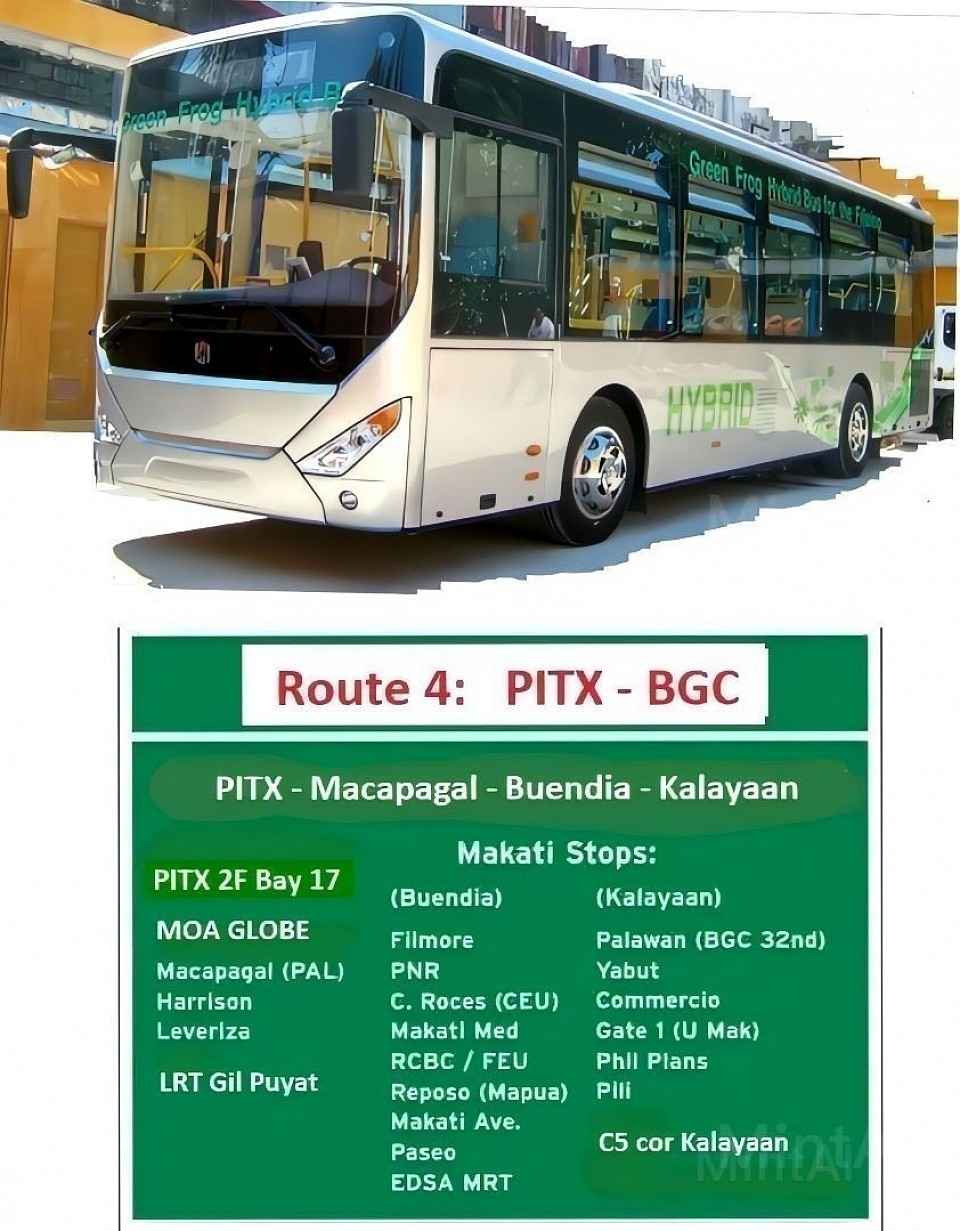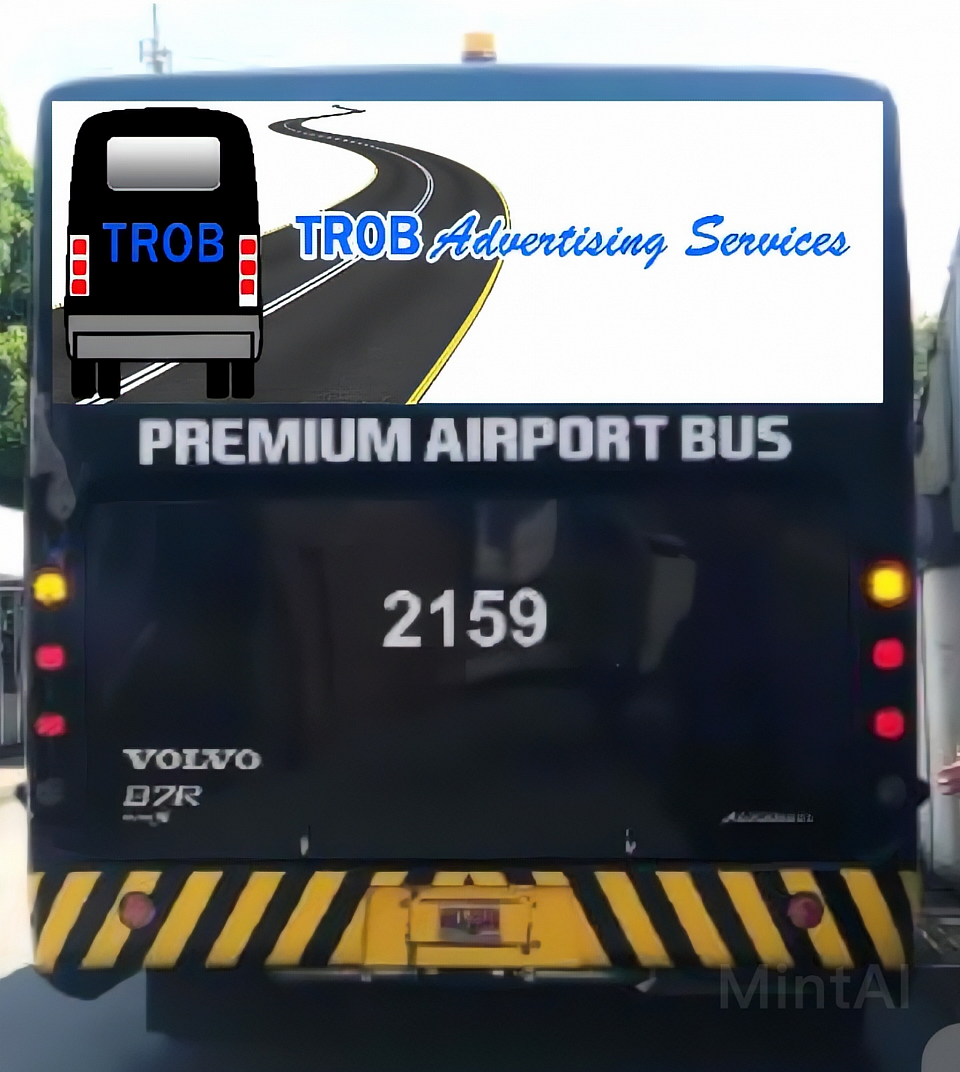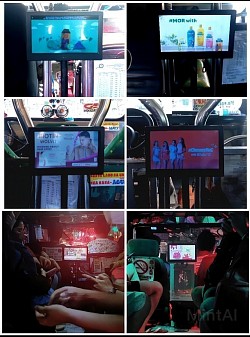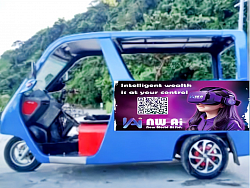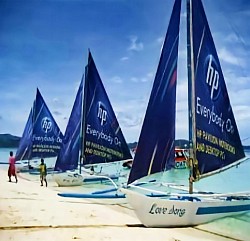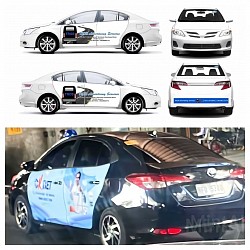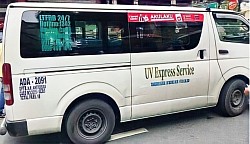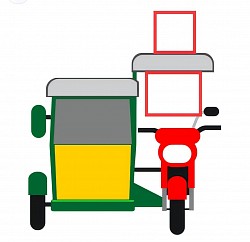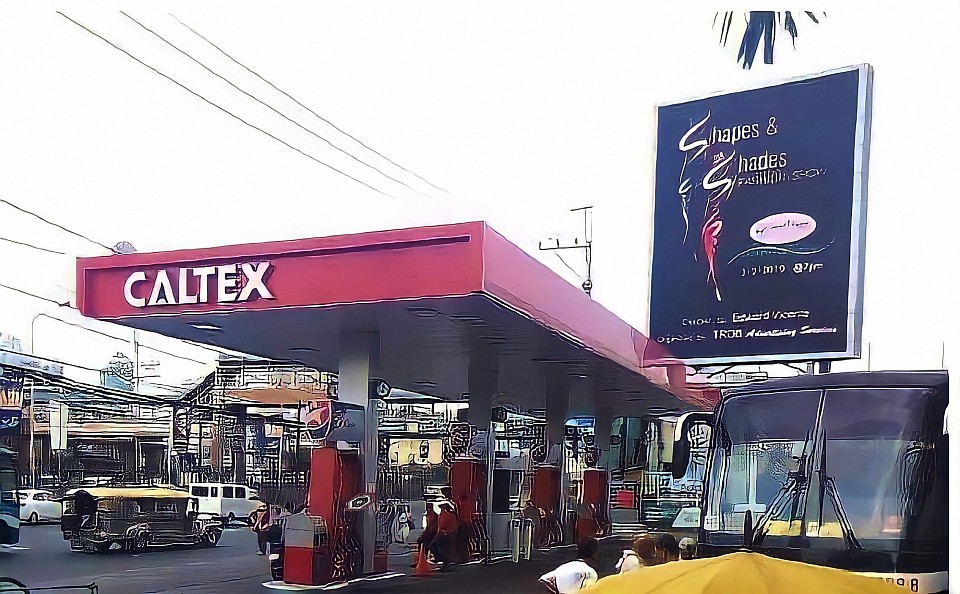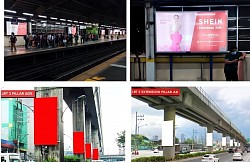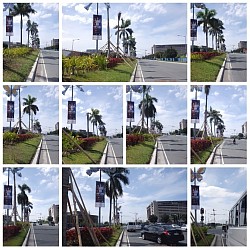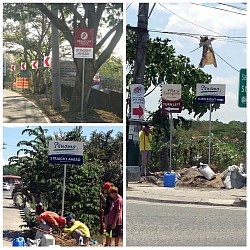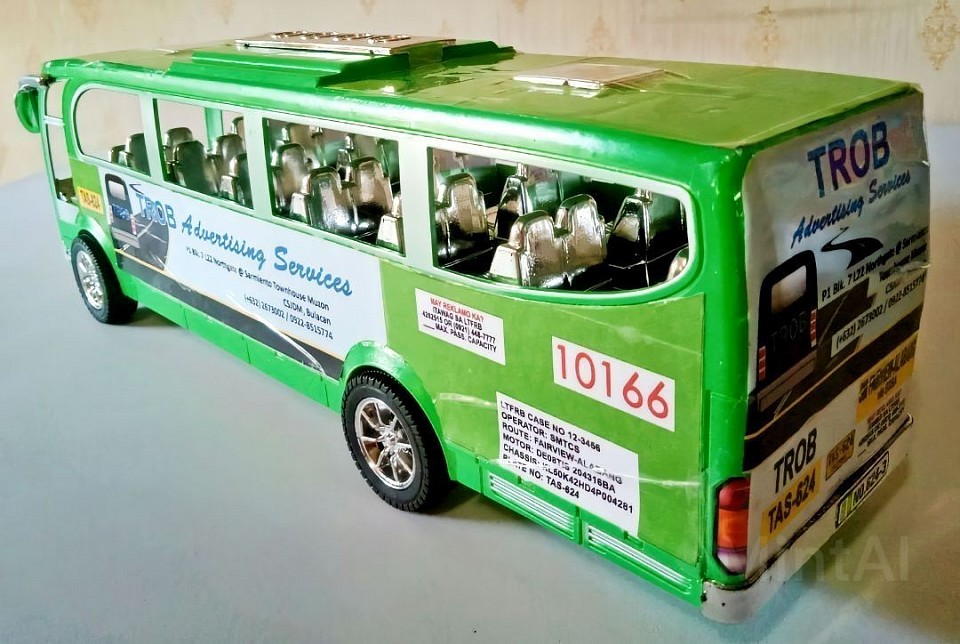ADVERTISING OPTIONS. Transit-Bus Advertising Philippines|Manila-Carousel Bus Ads|BGC Bus Ads|NAIA Bus Ads|Jeepney Ads|Modern Jeepney Ads.
Transit Advertising Options.
The best advertising medium will ultimately depend on the specific needs of the campaign and the target audience. It's often best to use a combination of different mediums to reach the widest audience possible.
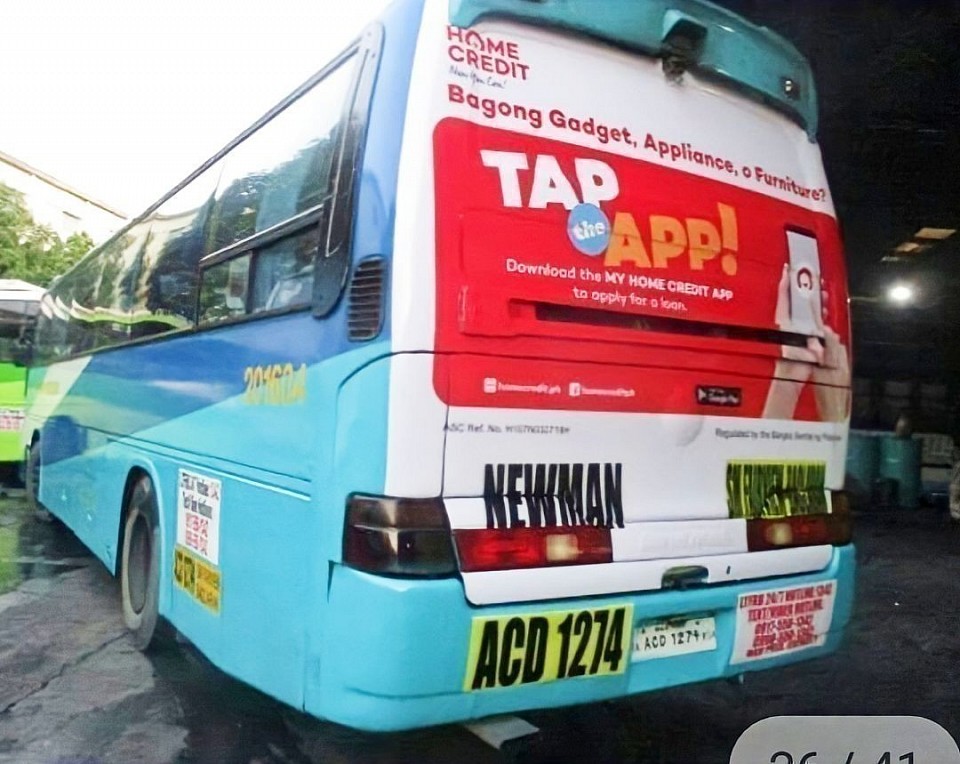
Transit Advertising Philippines. Bus advertising Philippines|Bus Rear or Bus Back Panels Advertising. Placing advertisements on the rear of buses presents a clever opportunity to capture the attention of motorists and pedestrians following behind, as vehicles trail the bus, your ad takes center stage, engaging the audience with its clever messaging or eye-catching visuals.
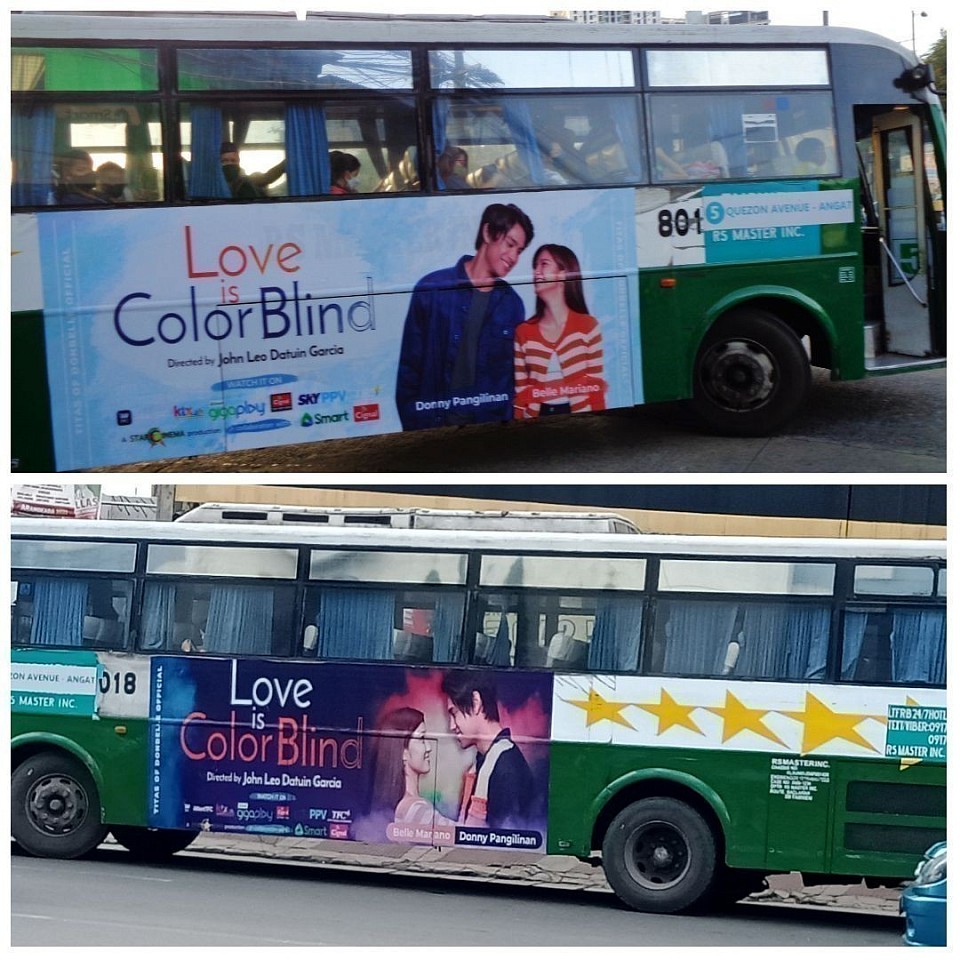
Transit Advertising Philippines. Bus advertising Philippines|Bus Side or Bus Axle to Axle Panels Advertising. Bus sides ads provides the opportunity to reach a wide range of individuals, including commuters, students, tourists, and travelers. The high visibility and frequency of ads ensures that brands can engage with a diverse audience during their daily routines.
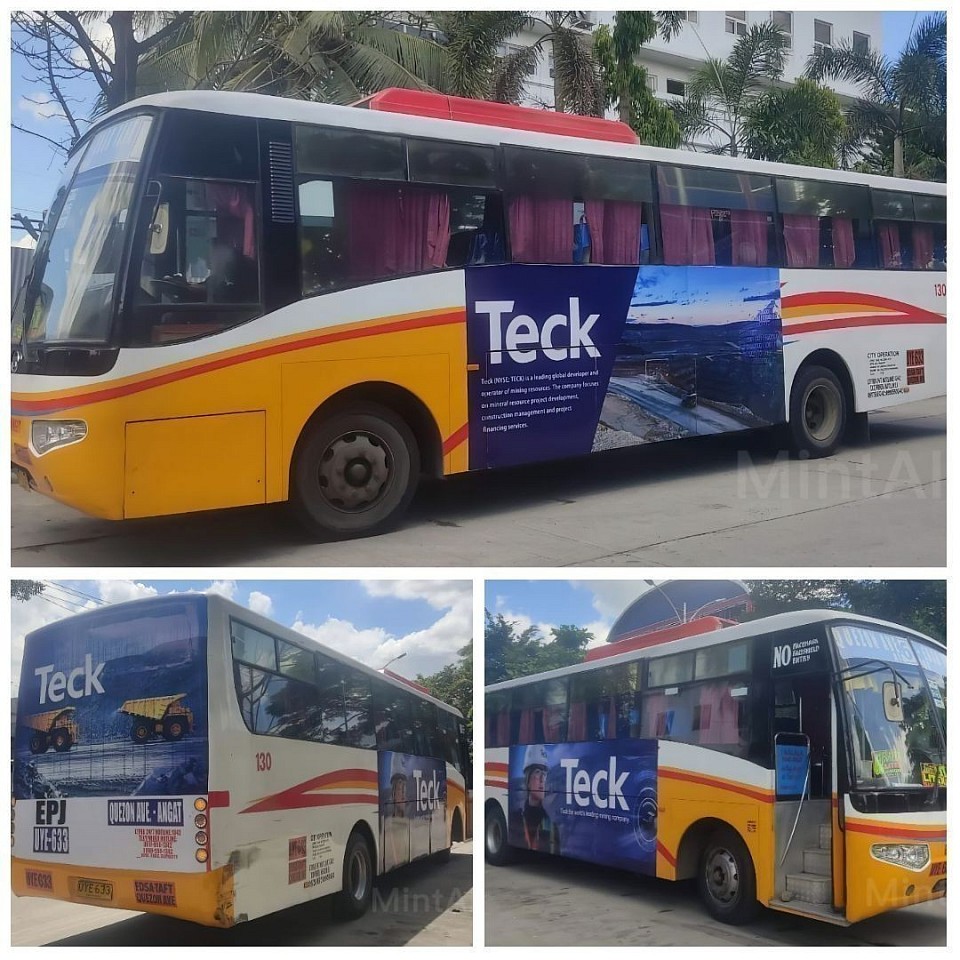
Transit Advertising Philippines. Bus advertising Philippines|Bus Semi Wrap Advertising. Bus wrap is a method of advertising that partially wraps a bus in an advertisement. In essence, the bus is converted into a mobile billboard. Wrap buses with creative designs that showcase the evolution of products or services over the decades. This dynamic visual journey captures attention and sparks curiosity, making it an engaging form of transit advertising.
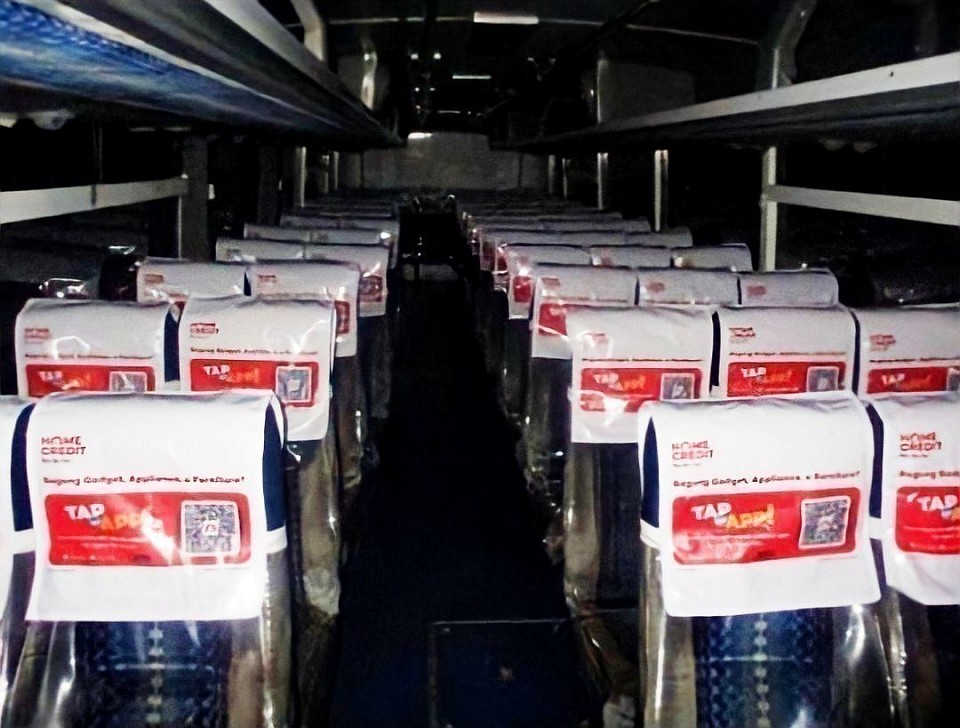
Transit Advertising Philippines. Bus advertising Philippines|Bus Headrests Ads.|Bus Seat Ads.|Bus Seat Cover Ads. Buses are a great medium for advertising, with their size and mobility, your advert can be seen all around cities and towns, reaching thousands of potential customers again and again. They target the out and about consumer with constant influence for what to buy and where to go with timetabled frequency.
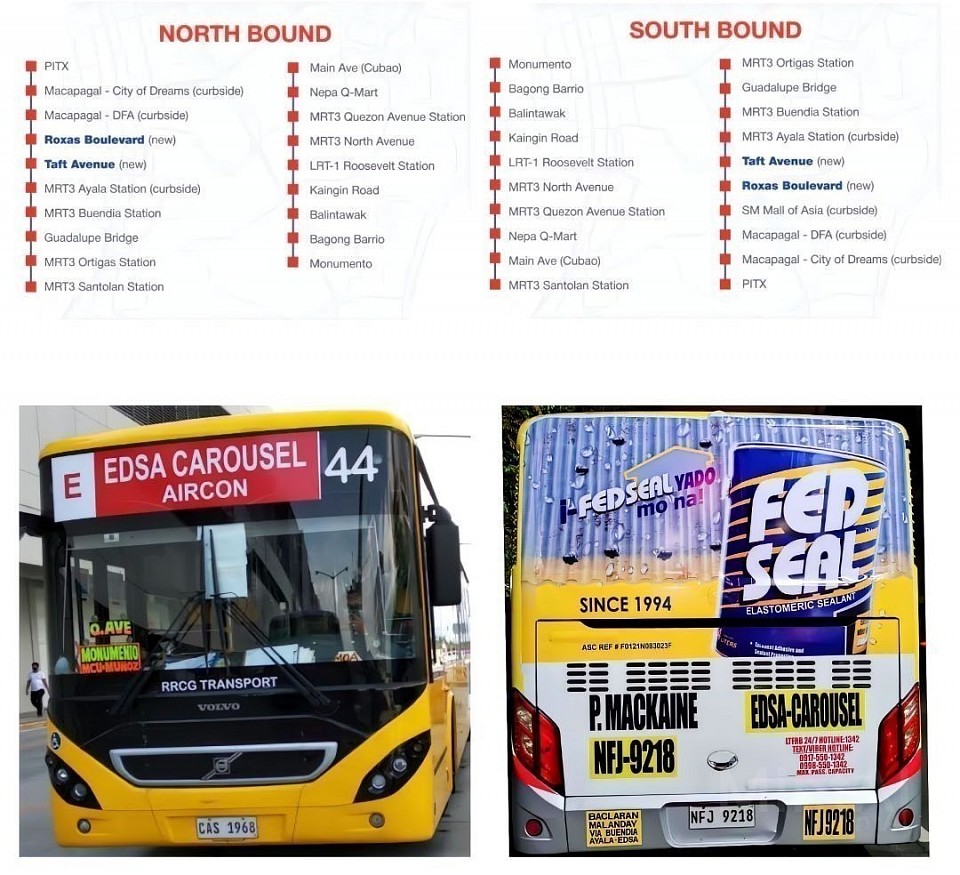
Transit Advertising Philippines. EDSA carousel bus advertising. EDSA Carousel is a bus rapid transit (BRT) system, part of several bus routes in Metro Manila, it is situated along EDSA and other roads, running on a dedicated right-of-way called the EDSA Busway, separated from normal road traffic in most of its stretch by concrete barriers and steel bollards on the innermost lane.
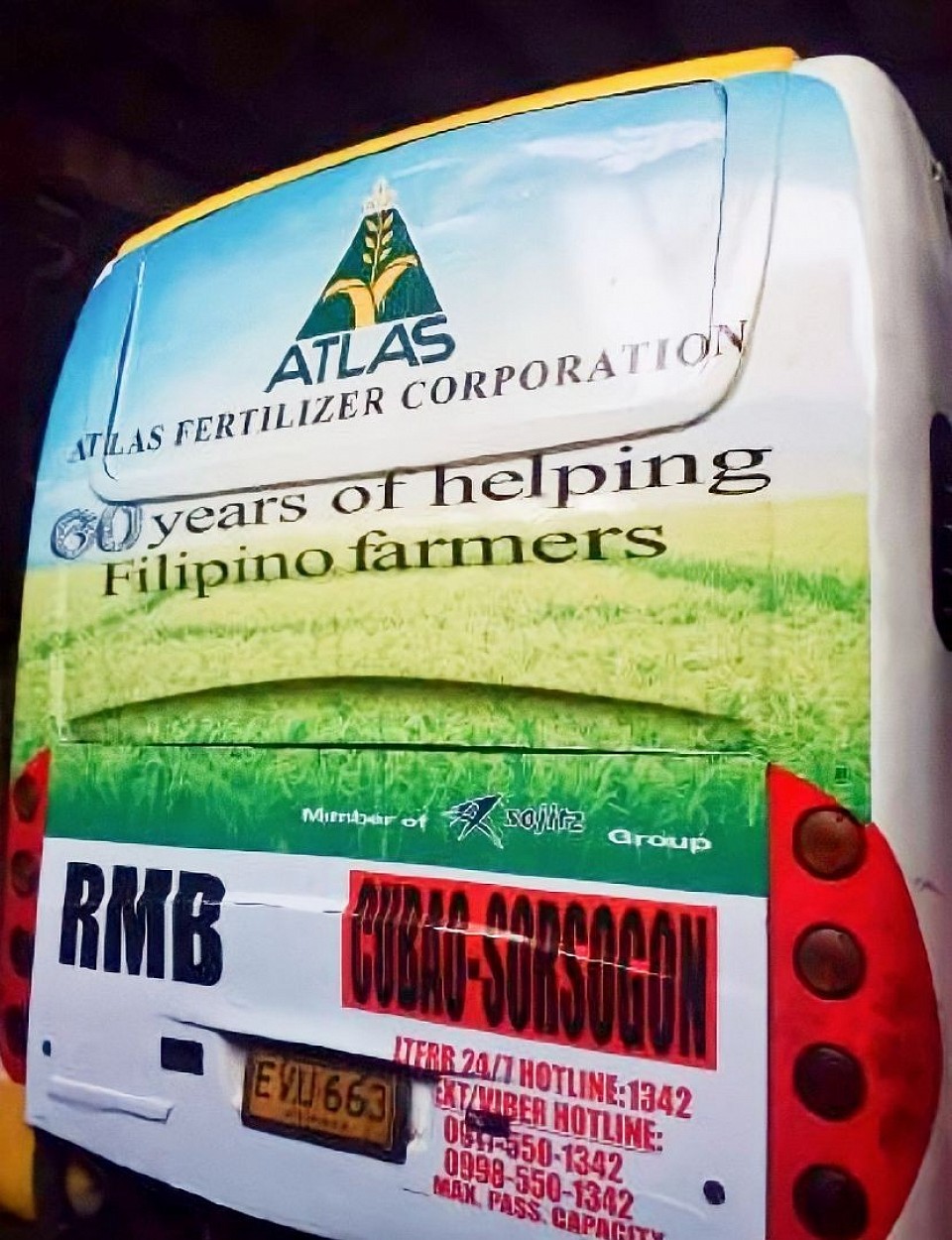
Provincial Transit Advertising|Provincial Bus Advertising|CALABARZON/Bicol/Bulacan/Tuguegarao/Cebu City/Davao City Bus Advertising. Routes are subject to availability. This form of advertising targets both local residents and tourists who use provincial bus services for travel. Provincial bus advertising in the Philippines offers several benefits. Firstly, it provides extensive reach as these buses often cover long distances and travel through various towns and cities within a province. This means that the advertising message can be seen by a large number of people, increasing brand exposure.
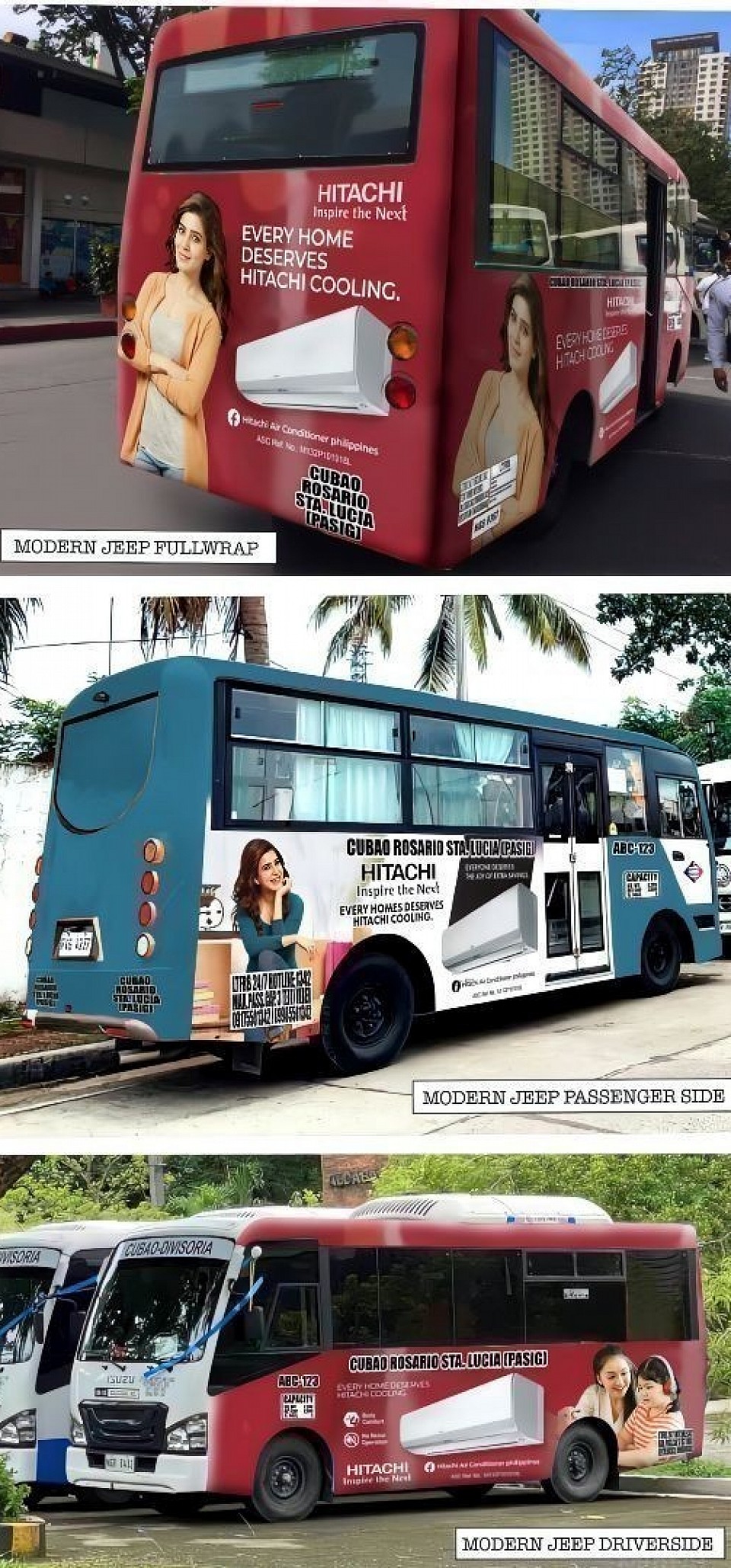
Transit Advertising Philippines|Provincial Transit Advertising. Modernized Ejeepney Ads|Modern Jeepney Ads. Rear or Semi Wrap. Metro Manila/Cebu City/Davao City Modern Jeepney Advertising. Modernized E-Jeepney or modern jeepney advertising has quickly risen to prominence as a highly effective and budget-friendly marketing tool that enables businesses to connect with a wide range of captive audiences. Its extensive coverage and prominent visibility have solidified its position as a key player in the advertising industry.
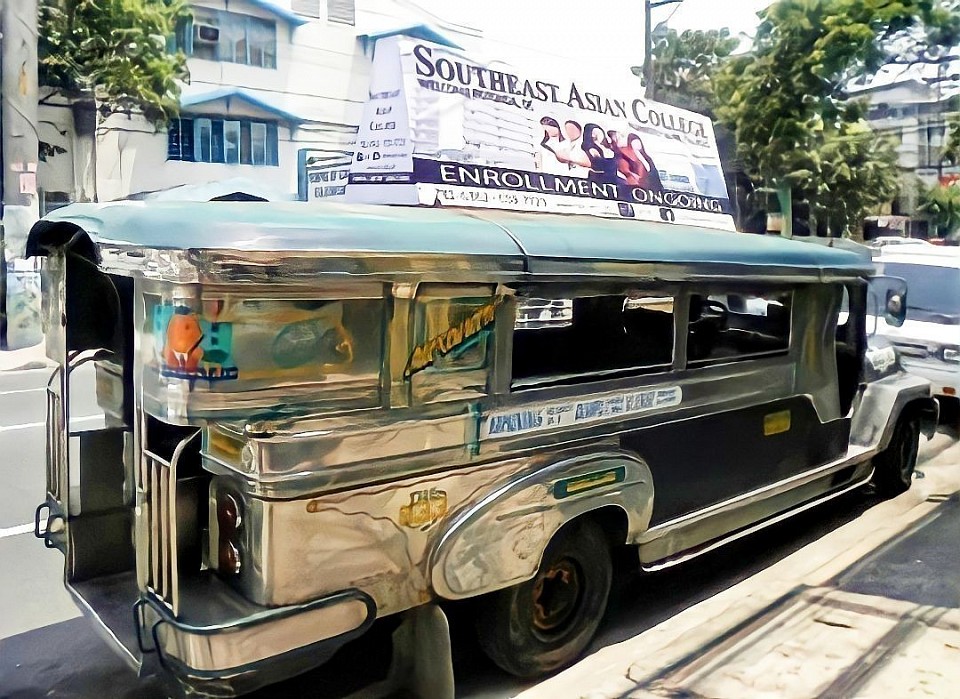
Transit Advertising Philippines. Jeepney Advertising|Traditional Jeepney Advertising|Jeepney Topper Advertising|Jeepney Top Ads. Metro Manila/Nearby Provinces/Cebu City. Jeepney Ads is a popular marketing strategy in the Philippines, particularly in urban areas where these iconic public transportation vehicles are widely used. Jeepneys are known for their vibrant colors, unique designs, and loud music, making them stand out on the road and attract the attention of both passengers and pedestrians.
Transit Advertising Philippines. Makati City Traditional Jeepney Digital Monitors Advertising. Jeepney digital monitor advertising refers to the use of digital screens installed inside Jeepneys—traditional Philippine public utility vehicles—for promotional and informational purposes. This form of advertising leverages the high visibility and wide reach of Jeepneys, which are a popular mode of transportation in the Philippines.
Boracay Transit Advertising. Boracay ETrike Advertising is a unique advertising opportunity that allows businesses to reach a large audience of tourists and locals on the island of Boracay in the Philippines. ETrikes, or electric tricycles, are a popular mode of transportation on the island, making them an effective marketing platform for businesses looking to promote their products or services. This form of advertising is highly effective in reaching a targeted audience and creating brand awareness, making it a cost-effective marketing solution for businesses of all sizes.
Boracay Transit Advertising. Boracay Paraw Advertising. Promote your business on the beautiful island of Boracay. Paraw sailboats are traditional Filipino outrigger sailboats that are perfect for catching the attention of beach-goers and tourists. Ensure that your advertisement stands out against the stunning backdrop of the crystal-clear waters and white sandy beaches of Boracay. Whether you want to advertise a special promotion, event, or simply increase brand awareness, paraw sailboat advertising is a highly effective and memorable way to reach your target audience.
Transit Advertising Philippines. GRAB Car Advertising Philippines. The vehicle serves as a moving billboard, promoting the brand as it travels throughout different locations on a daily basis. GRAB Car semi wrap advertising is a creative and impactful way to make a statement and generate brand recognition on the go.
Transit Advertising Philippines. UV express visor ads. One of the most effective way and cheapest outdoor advertising medium that will suit to your budget whenever you have your company's campaign ads requirements. This medium will reach your target market in specific area
Transit Advertising Philippines. Tricycle Advertising|Tricycle Topper and Drop down Rear Tarp Advertising. Tricycle advertising in the Philippines is a popular and effective way for businesses to reach a local audience. These are a common mode of transportation in many cities and towns, making them a great mobile advertising platform.
LRT 2 Pillar Advertising|MRT 3 Lightboxes Advertising. Train pillars and Lightboxes are effective ways to advertise to commuters and travelers in busy train stations. These advertising mediums provide a great opportunity for brands to reach a large and diverse audience in a high-traffic area.
Lamppost Banners Advertising. Aseana City-SM MOA Lamppost Banners, Ortigas Center Pasig City Lamppost Banners, Mandaluyong City Lamppost Banners, Cavite Lamppost Banners. These are outdoor ads that can be found in various cities and towns. These banners are hung along main roads and highways to attract the attention of motorists and pedestrians.
Comprehensive Guide to Transit Advertising in the Philippines.
Transit Advertising, also known as out-of-home advertising, is an increasingly popular form of advertising in the Philippines. It involves placing advertisements on different modes of transportation, such as buses, jeepneys, trains, and taxis. This form of advertising allows brands to reach a wide audience as these vehicles travel through various routes, covering different locations and demographics.
Transit Advertising in the Philippines is particularly effective in cities with heavy traffic congestion, as it allows advertisers to capture the attention of motorists and pedestrians who may be stuck in traffic or waiting for public transportation. With the increasing urbanization and population growth in the Philippines, the potential reach of transit advertising is constantly expanding.
In recent years, transit advertising in the Philippines has seen significant growth, driven by the increasing demand for innovative and impactful advertising strategies. With advancements in technology, advertisers now have the option to use digital displays on vehicles, allowing for dynamic and eye-catching advertisements. This has greatly enhanced the effectiveness and creative possibilities of transit advertising.
Moreover, transit advertising offers a cost-effective solution for brands compared to traditional media channels, such as television or print. It provides a high level of exposure and brand recall, making it an attractive option for businesses of all sizes.
Overall, transit advertising in the Philippines holds immense potential for brands to effectively communicate their messages to a wide audience. As the transportation infrastructure continues to develop, it is expected that the popularity and effectiveness of transit advertising will continue to grow, making it an essential component of any comprehensive advertising campaign.
Leveraging Transit Ads for Business Growth.
Exposure. The audience or the public is essentially a captive one, with nowhere else to go and nothing much to do. As a result, riders are likely to read the ads—more than once. A second form of exposure transit advertising provides is the absolute number of reach or people exposed. There are over 8.96 million people who ride jeepneys daily in the Philippines, while 1.87 million commuters hop on buses. However, that only makes up 22 percent of people who ride on Public Utility Vehicles (PUVs), the rest are private car owners, according to Move As One Coalition.Oct 6, 2022 Philippines, providing a substantial number of potential viewers.
Frequency. Because our daily routines are standard, those who ride buses, subways, and the like are exposed to the ads repeatedly. If you rode the same subway to work and back every day, in one month you would have the opportunity to see the ad 20 to 40 times. The locations of station and shelter signs also afford high frequency of reach and exposure.
Geographic selectivity. For local advertisers in particular, transit advertising in the Philippines provides an opportunity to reach a very select segment of the population. A purchase of a location in a certain neighborhood will lead to exposure to people of specific ethnic backgrounds, demographic characteristics, and so on.
Cost. Transit advertising in the Philippines tends to be one of the least expensive media in terms of both absolute and relative costs. An ad on the back of a bus can be purchased for a very reasonable CPM.
High Visibility: Transit advertising in the Philippines provides high visibility as vehicles move throughout urban areas, reaching a broad audience. The constant movement ensures exposure to diverse demographics, making it an effective way to increase brand awareness.
Mobile Billboards. Transit vehicles essentially serve as mobile billboards, maximizing exposure by traveling through various parts of the city. This mobility ensures that the message is seen by people in different locations, increasing the chances of capturing attention, an excellent marketing strategy.
Innovative Opportunities. Transit advertising in the Philippines allows for innovative and creative campaigns. From wraps and displays to interactive elements like digital screens or themed promotions, advertisers can explore unique ways to engage their audience and make a lasting impression.
Environmental Impact. Transit advertising in the Philippines contributes to a more sustainable environment compared to traditional billboards. Utilizing existing transportation infrastructure reduces the need for additional structures, minimizing the environmental footprint of the advertising campaign.
Community Connection. Transit advertising in the Philippines fosters a sense of community connection. Local businesses can leverage transit ads to connect with residents and commuters (community advertising), creating a strong local presence and building brand loyalty within the community.
One of the greatest advantage of transit advertising in the Philippines is that the audience or the public is not as fragmented as in social media; people not only enjoy transit ads, they respond to them by taking them to their social media giving a chance for brands to get viral.
What makes transit advertising in the Philippines convenient for advertisers?
Transit advertising helps you reach the masses in a powerful way that builds brand recognition. It's localized advertising that is visible 24 hours a day, 7 days a week and gives you the ad exposure to amplify your brand.
Why is Transit Advertising in the Philippines Effective?
Transit advertising in the Philippines effectiveness lies in the fact that it can provide your products or services with constant exposure. Furthermore, it acts as a moving billboard that your audience may not be able to ignore.
Transit advertising in business ensures that your brand reaches the customers at the right time, without them getting diverted from the product. In a variety of designs, transit advertising broadcast advertising messages to thousands of motorists and pedestrians.
Enhancing Profitability through Transit Ads in the Philippines.
The return on investment (ROI) in using transit advertising in the Philippines can vary depending on several factors, including the size and reach of the transit system, the target audience, the effectiveness of the advertising campaign, and the specific goals of the advertiser.
It is important to note that the ROI in using transit advertising can be influenced by certain challenges. For instance, the effectiveness of the campaign may depend on the creativity and quality of the ad design, as well as the relevance of the message to the target audience. Advertisers should also consider factors such as the LENGHT of the campaign, FREQUENCY of exposure, and COMPETITION from other advertisers.
To measure the ROI of transit advertising, advertisers can track various metrics such as increases in brand recognition, website traffic, sales, or customer inquiries. They can also conduct surveys or focus groups to gather feedback and gauge the impact of their ads on the target audience. By analyzing these data, advertisers can assess the success of their transit advertising campaigns and determine if the investment was worth it.
